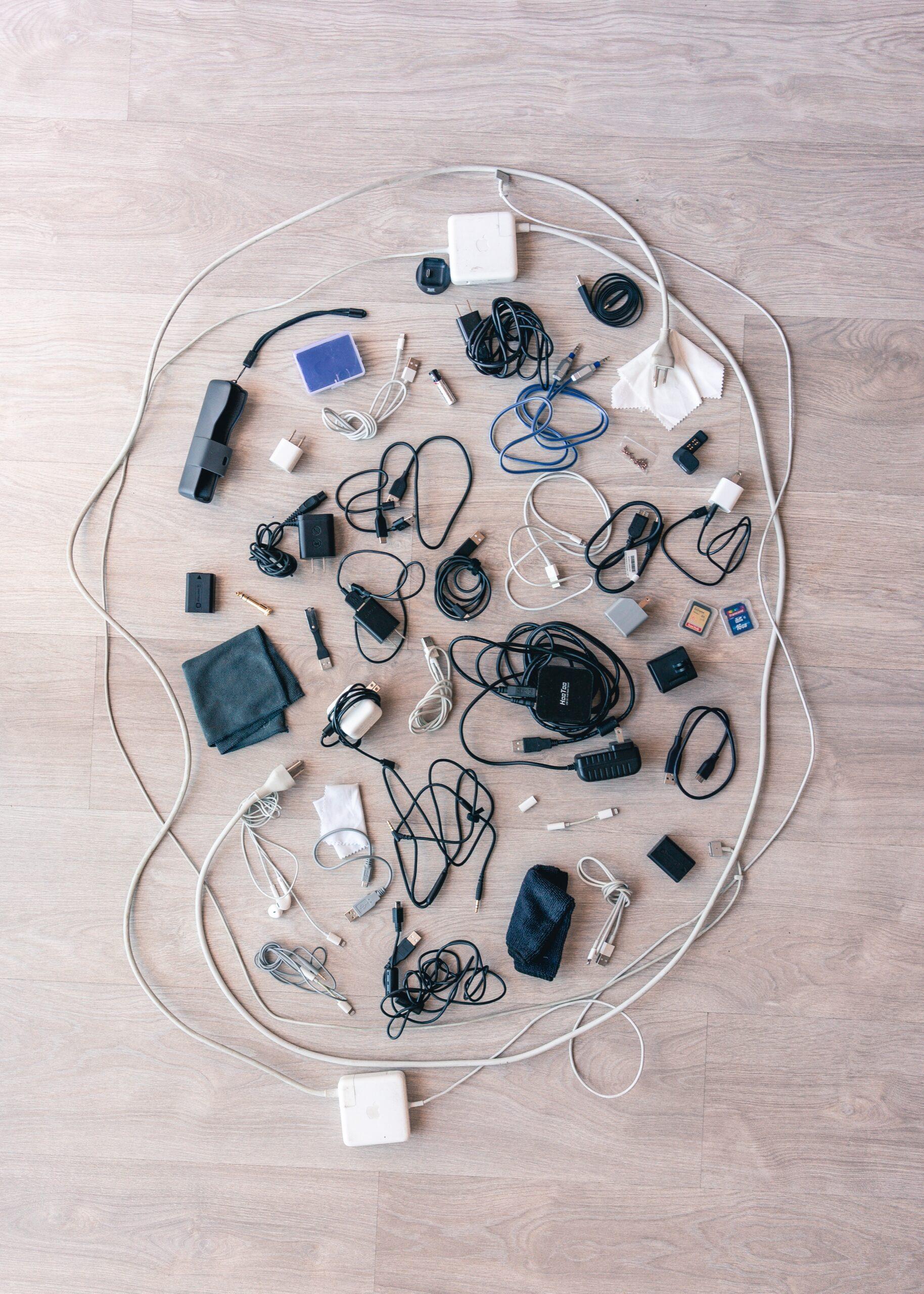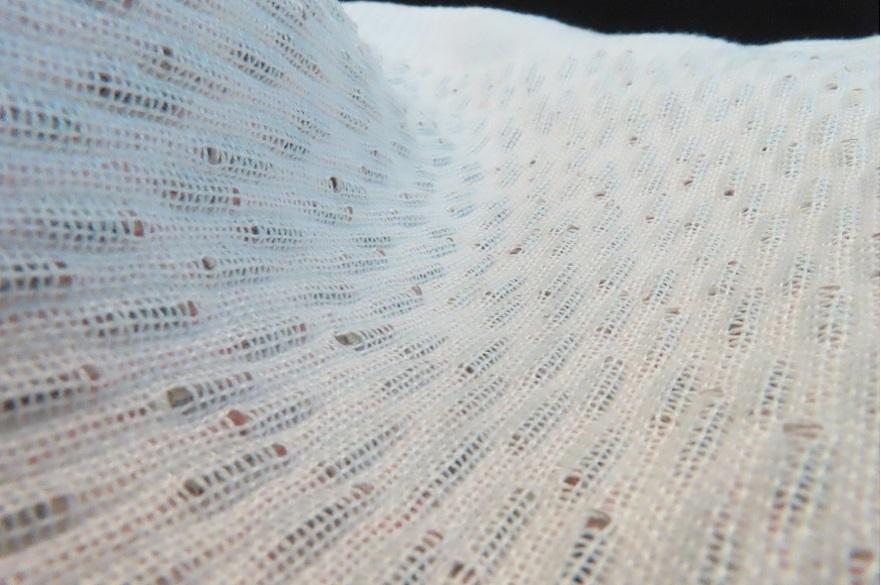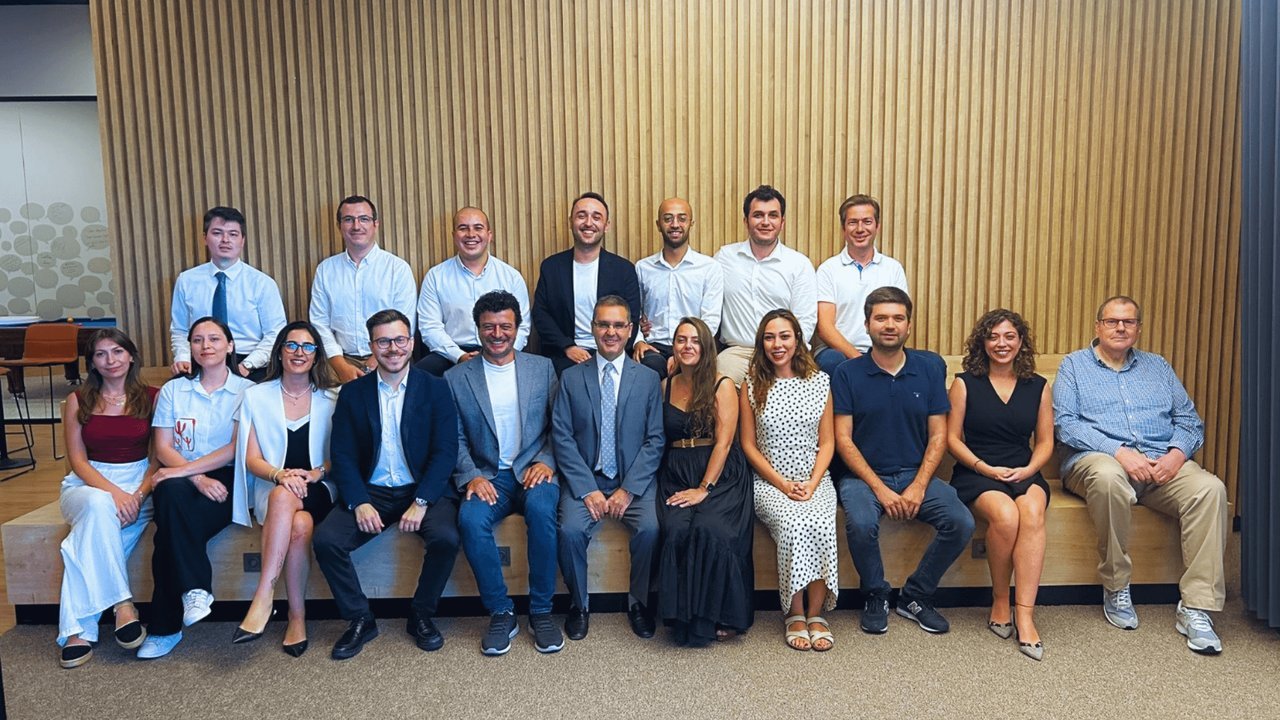Engineers have developed textiles that can charge smart watches and smartphones. A small piece of tissue can generate up to 400 mW of energy.
Researchers at Nottingham Trent University integrated 1,200 photovoltaic cells into a 51cm x 27cm piece of textile. Sturdy and safe material generates enough power to charge wearable devices.
Also See: What is IoT Technology? Which Devices Support IoT Technology Today?
1,200 Small Solar Panels Embedded in Fabric Made to Charge Mobile Devices

Equipped with a strong but highly flexible wire, the scientists say the material could be as durable as everyday clothing. It can be machine washed at 40°C with other laundry. Additionally, all solar cells are made of silicon. Therefore, the material is not very harmful chemically.
The solar cells, which are only 5mm long and 1.5mm wide, are embedded in a waterproof polymer resin and are not felt by the user, the engineers say. At the same time, the fabric itself is breathable and passes air well.
Tests show that the material can produce between 335.3 and 394 mW of output power, depending on the degree of illumination.
Theodore Hughes-Riley, Associate Professor of Electronic Textiles and Head of Research at the Nottingham School of Art and Design:





No comments yet for this news, be the first one!...